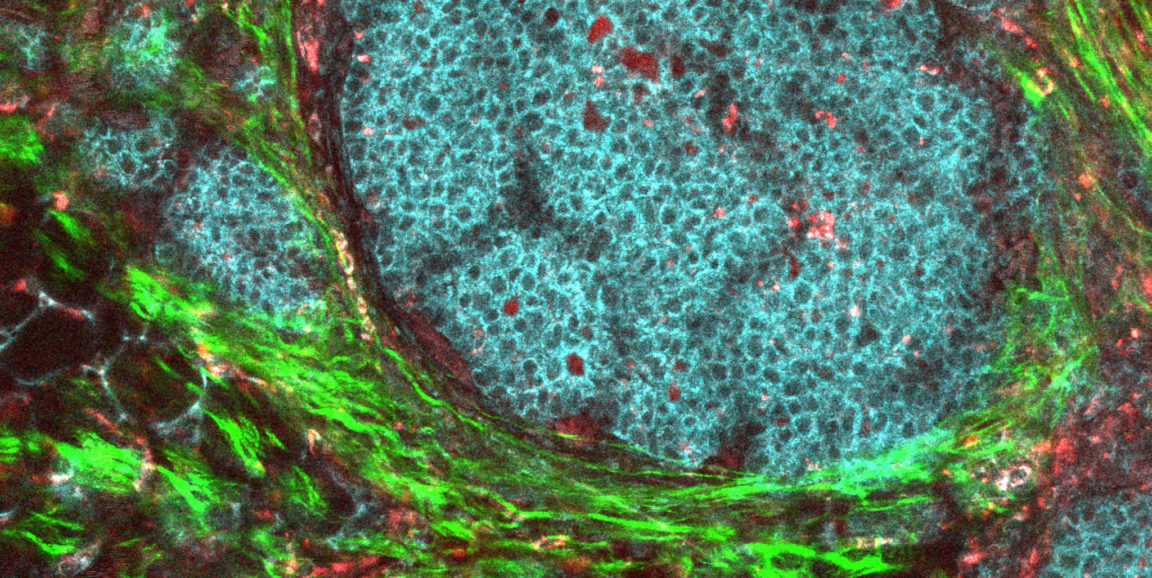The best stories feature characters that are complex – sometimes good, sometimes bad and sometimes both at the same time. So, too, is the evolving tale of macrophages associated with tumors, known in brief as TAMs.
For decades, the macrophages found near tumors were thought to be villains who make it hard for other immune cells to attack the tumor and who help cancer cells slip into the bloodstream and spread.
But the discovery by Stanford Medicine's Irving Weissman, MD, of the importance of a "don't eat me" signal on many tumor cells, which, when blocked allowed macrophages to chow down on the sick cells injected a twist in the plot.
Recently, The Scientist published a lovely, albeit technical, chronicle of that story. In brief:
"Several years ago, the idea was, ‘Let’s deplete these cells because they are bad,’” says Mikael Pittet, [PhD], an immunologist at Harvard Medical School. Specifically, TAMs, which can make up as much as 50 percent of a tumor’s mass, had been found to repress other immune cell activity, encourage blood and lymph vessel development to support growing tumors, and help cancer cells metastasize to new sites in the body. But over the past decade, some research has surfaced to support Weissman’s conclusion that TAMs may have an upside, Pittet says. “I think now we are back to saying, ‘Maybe it’s just very complex.’”
And it is. The article's takeaway is that the role played by macrophages is tricky, but important. A more thorough understanding of how and why macrophages can be either tumor accomplices or tumor eaters is sure to lead to improvements in cancer therapies.
Photo of macrophages in red and breast cancer tumor cells in blue by Joseph Szulczewski, David Inman, Kevin Eliceiri, and Patricia Keely, Carbone Cancer Center at the Univ. of Wisconsin, National Cancer Institute, National Institutes of Health




